Wind, tide, primary bait and even water temperatures are all related to the piece of structure you are fishing and are rarely interchangeable with other areas or pieces of structure. In other words you can take sayings like east is least, west is best, and permanently delete them in your junk mail. Conditions are spot related and my job as a surf caster is to choose what conditions works best for the spot I am about to target. A spot by the way may only be a little piece of water about ten feet wide. For example, Montauk is NOT a spot. There are a trillion spots within the Montauk surf, each have their own “best” conditions to fish. In one spot you may want NW winds during the last of the ebb tide, and fifty yards down the beach you may want NE winds with flood tide. Indeed you can fish a spot with winds that are not optimal for that spot and clean house, but for me the name of the game is consistency. I want to put myself or my charters in the best possible situation that I can. Therefore I must consider wind as one of the primary factors that will increase or decrease current, push bait in or out of an area, spark a bait migration, raise or lower tides, dirty water or clean it, the list is long as to how wind can effect a spot. To be consistently successful you need to relate wind to all the other conditions that are presented to you. For the scope of this blog entry I will stick to just the wind basics and hopefully show how wind can change your approach to one spot, and give you some food for thought on the spots that you may fish.
Taking the below photo into consideration. We have a caster fishing a point with deep water on the east side of the point, and shallow water on the left. Let’s imagine that it is early May and the water temps are around 50 degrees, and there are krill and bunker in the area. What wind might give us the best chance at landing some stripers? Since the water is cold the stripers will be lethargic, especially the larger stripers. Any hard winds from the north are going to create chop increased effort for stripers to hold to a piece of structure. South winds are going to keep the water flat which is good, but what about our krill? South winds may push this krill out. Considering the water temps time of year and bait, I may opt for very little to no wind as being my best chance in this spot for the time of year given. No wind will keep the krill at my feet, and enable the stripers to feed by ambushing bait with very little effort.
Now let’s consider early June. A large amount of 1″ sand eels have moved in. What are hard winds from the north going to do? More than likely they will force these small sand eels into deeper water as they will not be able to hold in the rough surf that the north winds will create. A south wind will keep the water flat but will not increase current. A SW wind combined with an ebb tide would be great because it would keep the water flat enabling the sand eels to hold tight to the beach, and the west in the south west wind would increase the ebb current, uprooting sand eels and giving stripers increased opportunity to feed on them.
How about mid-October? Let’s say snappers, butterfish, and Juvi weakfish have moved in. These are all bigger baits. Would south winds be optimal? Would the SW winds that were great for the small sand eels be optimal? More than likely not, as these bigger bait need a little something to push them into casting range. How about a north wind? Not for me. Yes it is blowing in my face, but it is not pushing any bait because is doing nothing to increase current by blowing directly in my face. A NE wind with ebb current? Hmmm, might not be bad as I may get a washer machine effect on the point. I call it a washer machine when wind collides with current and creates a kind of trapping zone. Yet, for me it would be a good NW with an ebb tide that would get my juices flowing as the north would give the water a push and the west in the NW would increase current. A push in to the beach combined with an increased in current is going to make for some great opportunity.
The point in all this is not to confuse you but to show how wind can effect one single spot. After you figure out all the other variables of your spot like where to stand, where to put your cast, tide, bait, time of year, water clarity, water temps, and what is optimal for all these combinations you still may get the skunk , but I guarantee you will increase your chances, and that is the name of the game. The bottom line is this blog, websites, and books may help you or sometimes in understanding the wind, but only putting in the time is going get you to the goods.
Bill Wetzel is what we like to call “The Hardest Working Guide in the Surf”. A quintessential Montauk Regular Bill works hard at teaching his clients the secrets of Montauk coves and consistently puts them on the fish. No wonder most of his customers come back for more year after year. Bill also runs a Surf Rats ball, Subscribers only forum at http://www.surfratsball.com/ There he exchanges ideas with his subscribers and of course, logs each and every one of his trips for all to read. Check it out at http://www.surfratsball.com/

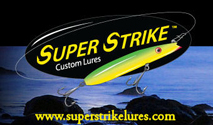
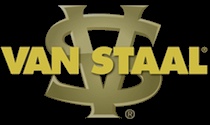
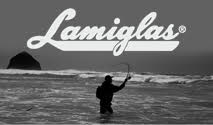
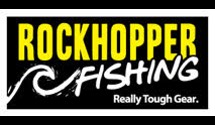
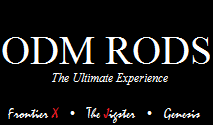
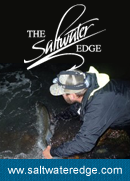
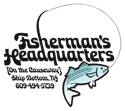



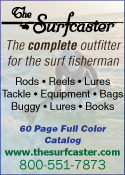
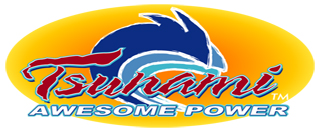
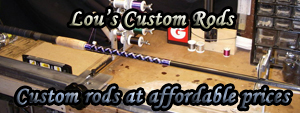
Thank you Mr. Wetzel great read and this is something to go back to again and again similar to Zeno’s book I can read it again and again and take pieces to use every time I hit the surf subscription worth it’s weight in fish caught
↓thank you
↓Thanks
↓Bill, Great Read. In other words “Try To Put The Odds In Your Favor”
Vito
↓Thanks Bill great info.
↓ANOTHER great article… ANOTHER great magazine…
…but I don’t want to miss any this stuff. When are my dues due? Will you let me know?
Thanks again!
↓Tony
Thank you, Bill, for preparing this blog and thank you, Zeno, for publishing it.
↓Priceless.
↓Terrific article, Bill. Would you also include what lures/plugs you might use for each time period above?
↓